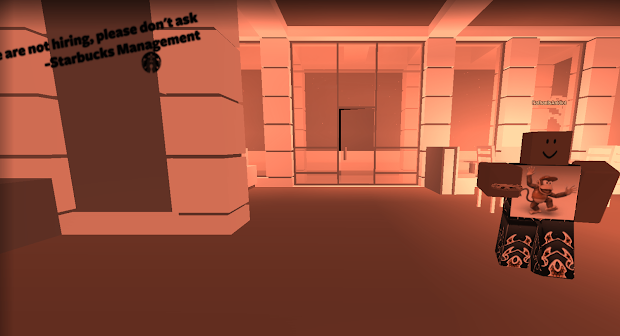
Descartes therefore prefigures the Turing test by defining the insufficiency of appropriate linguistic response as that which separates the human from the automaton. Here Descartes notes that automata are capable of responding to human interactions but argues that such automata cannot respond appropriately to things said in their presence in the way that any human can. But it never happens that it arranges its speech in various ways, in order to reply appropriately to everything that may be said in its presence, as even the lowest type of man can do. For we can easily understand a machine's being constituted so that it can utter words, and even emit some responses to action on it of a corporeal kind, which brings about a change in its organs for instance, if touched in a particular part it may ask what we wish to say to it if in another part it may exclaim that it is being hurt, and so on. Ow many different automata or moving machines can be made by the industry of man . René Descartes prefigures aspects of the Turing test in his 1637 Discourse on the Method when he writes: The question of whether it is possible for machines to think has a long history, which is firmly entrenched in the distinction between dualist and materialist views of the mind. 7.4 The Alan Turing Year, and Turing100 in 2012.7.2 2005 Colloquium on Conversational Systems.5.10 Universal Turing test inspired black-box-based machine intelligence metrics.5.8 Other tests based on compression or Kolmogorov complexity.4.6 Impracticality and irrelevance: the Turing test and AI research.3.3 Emphasis on emotional and aesthetic intelligence.


Some of these criticisms, such as John Searle's Chinese room, are themselves controversial. Since Turing first introduced his test, it has proven to be both highly influential and widely criticised, and it has become an important concept in the philosophy of artificial intelligence. In the remainder of the paper, he argued against all the major objections to the proposition that "machines can think". Turing's new question is: "Are there imaginable digital computers which would do well in the imitation game?" This question, Turing believed, is one that can actually be answered. It opens with the words: "I propose to consider the question, 'Can machines think? '" Because "thinking" is difficult to define, Turing chooses to "replace the question by another, which is closely related to it and is expressed in relatively unambiguous words." Turing describes the new form of the problem in terms of a three-person game called the "imitation game", in which an interrogator asks questions of a man and a woman in another room in order to determine the correct sex of the two players. The test was introduced by Turing in his 1950 paper " Computing Machinery and Intelligence" while working at the University of Manchester. The test results do not depend on the machine's ability to give correct answers to questions, only how closely its answers resemble those a human would give. If the evaluator cannot reliably tell the machine from the human, the machine is said to have passed the test.

The conversation would be limited to a text-only channel such as a computer keyboard and screen so the result would not depend on the machine's ability to render words as speech.

The evaluator would be aware that one of the two partners in conversation is a machine, and all participants would be separated from one another. Turing proposed that a human evaluator would judge natural language conversations between a human and a machine designed to generate human-like responses. The Turing test, originally called the imitation game by Alan Turing in 1950, is a test of a machine's ability to exhibit intelligent behaviour equivalent to, or indistinguishable from, that of a human.


 0 kommentar(er)
0 kommentar(er)
